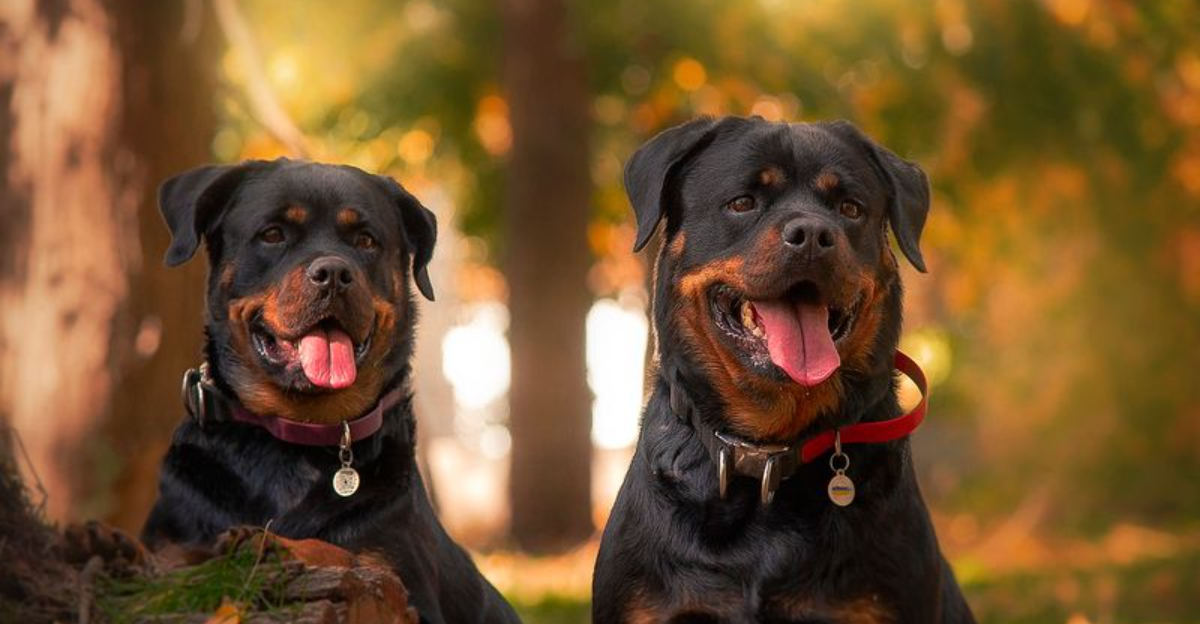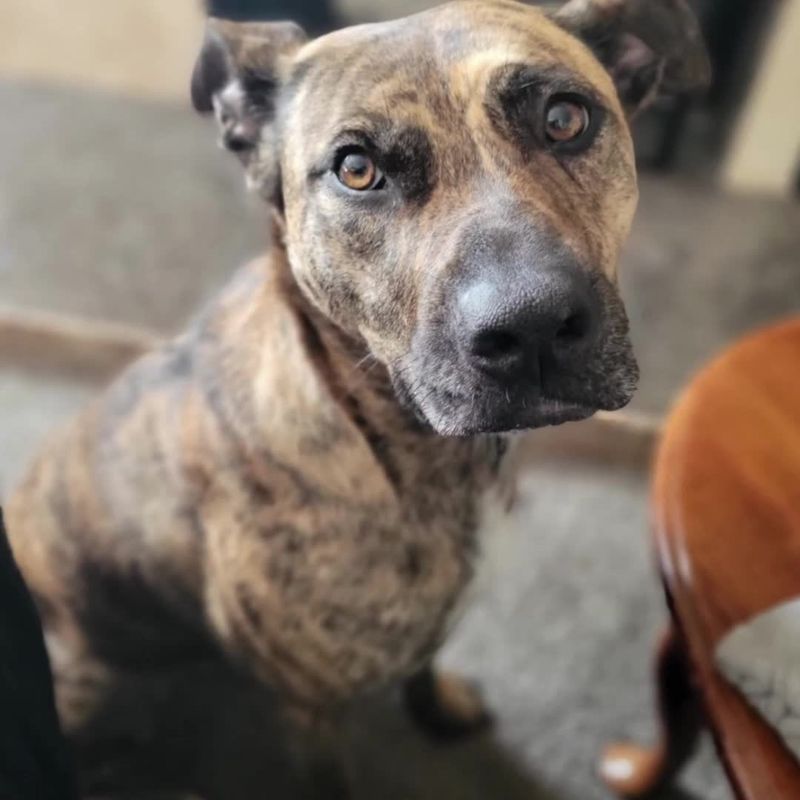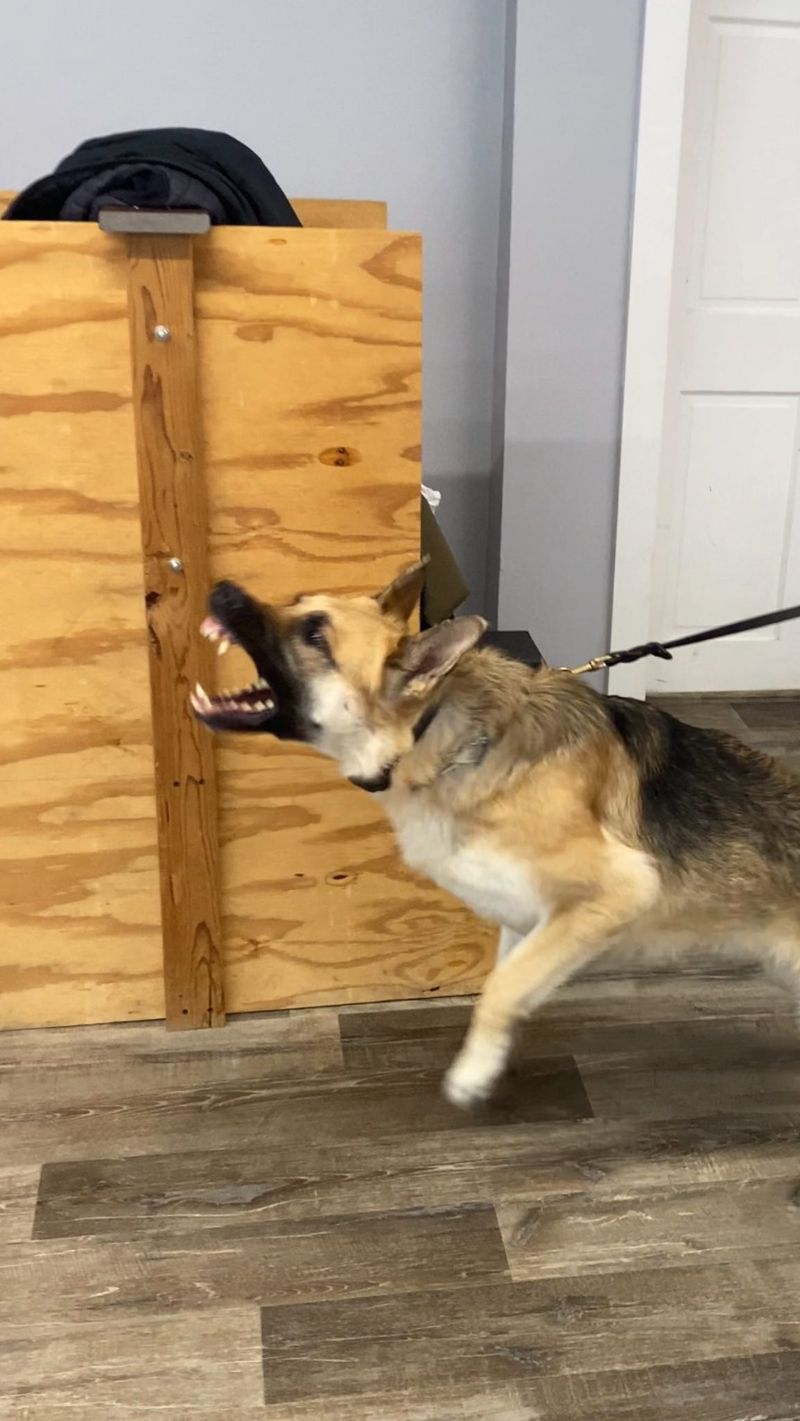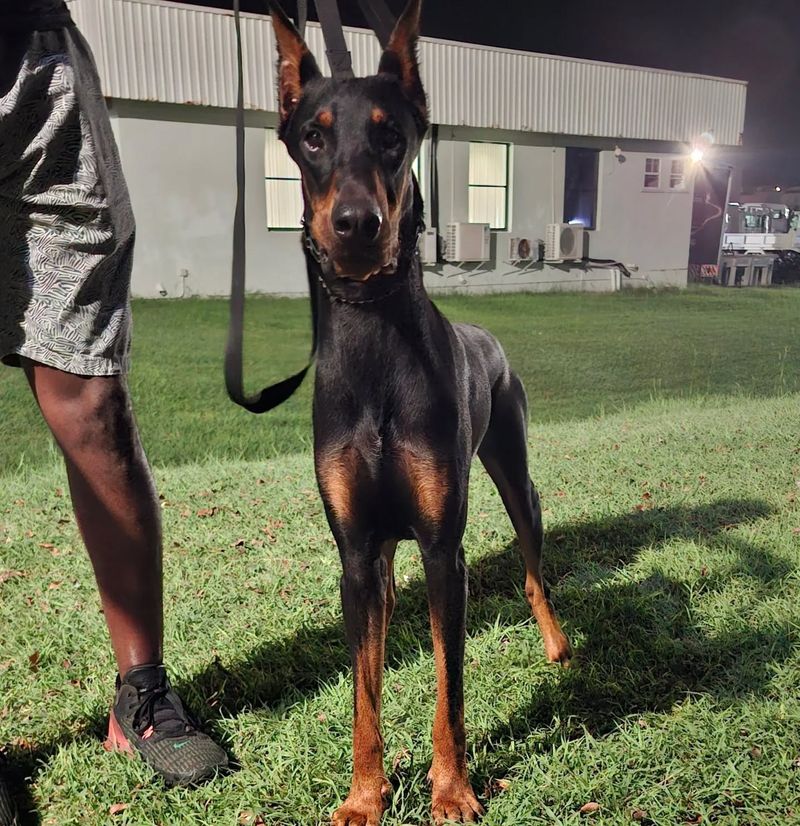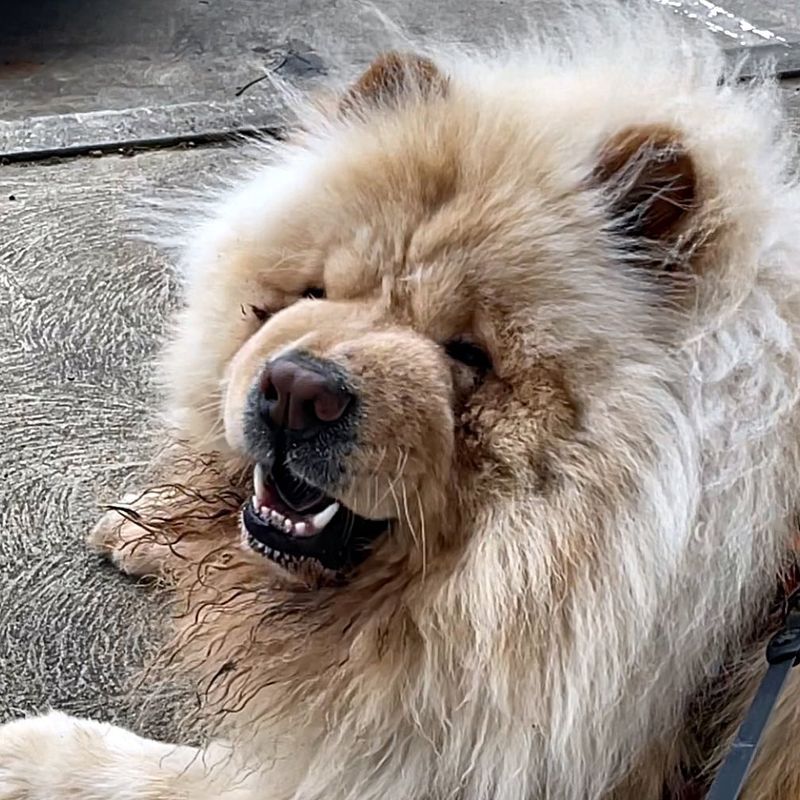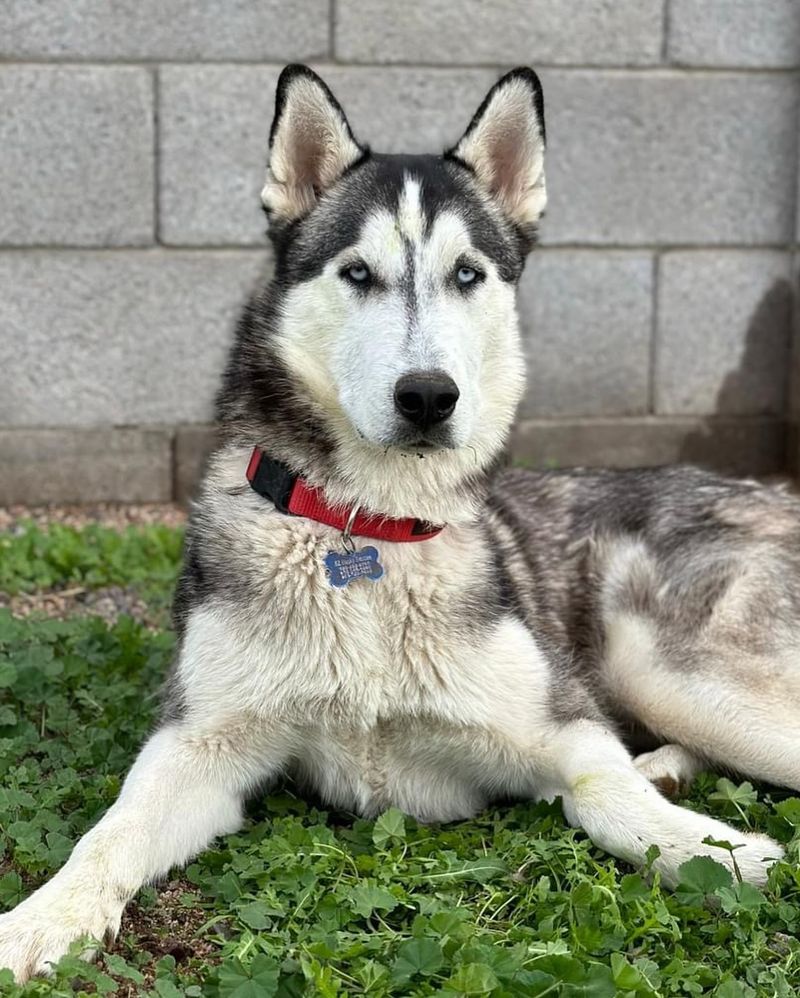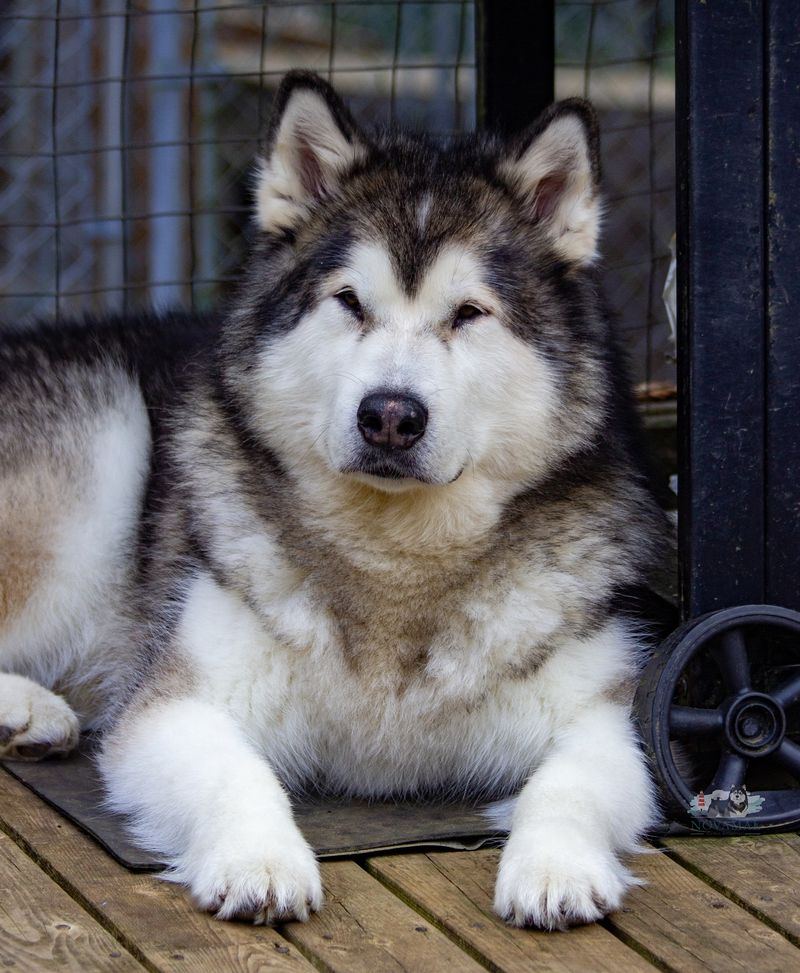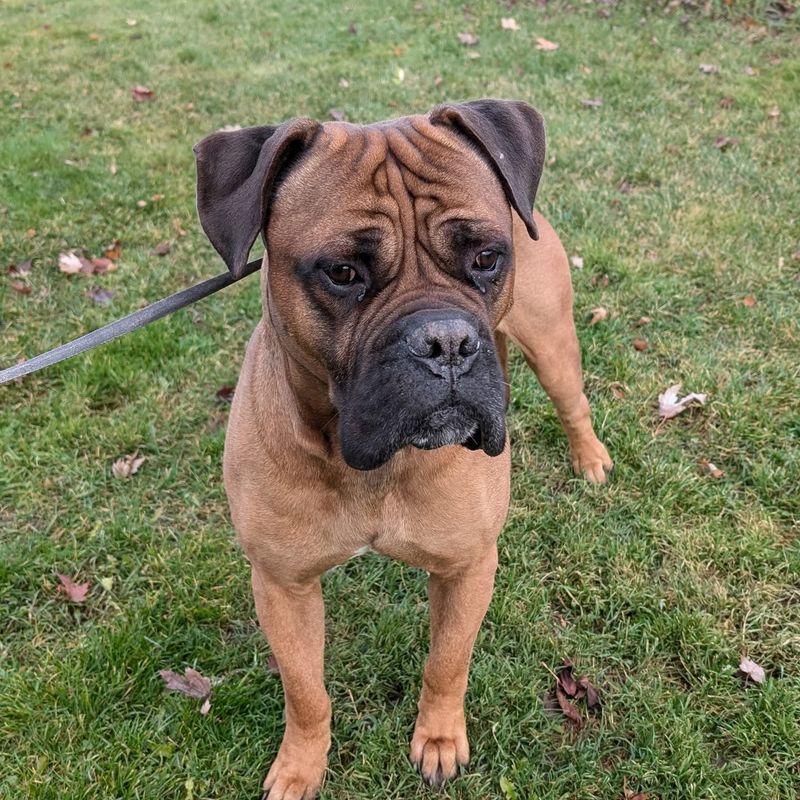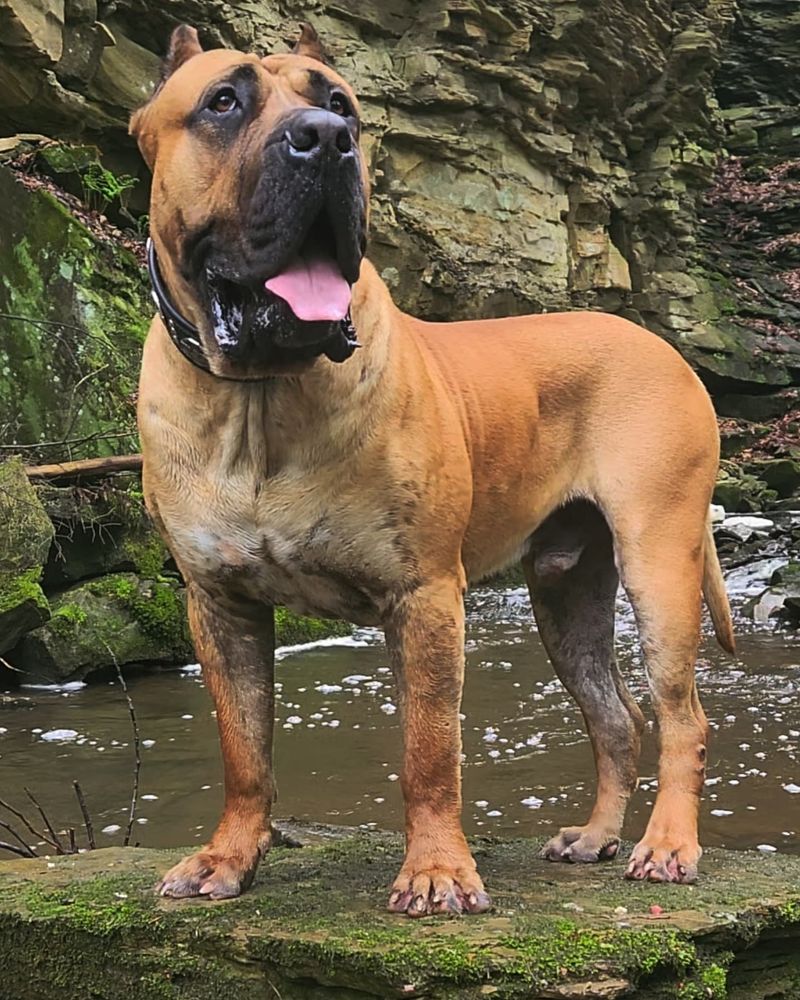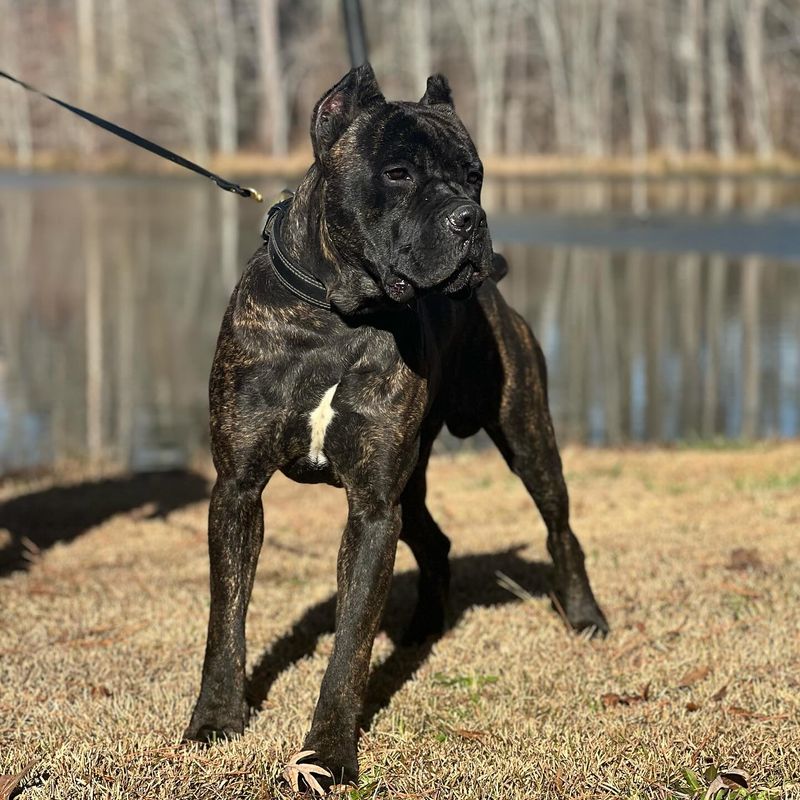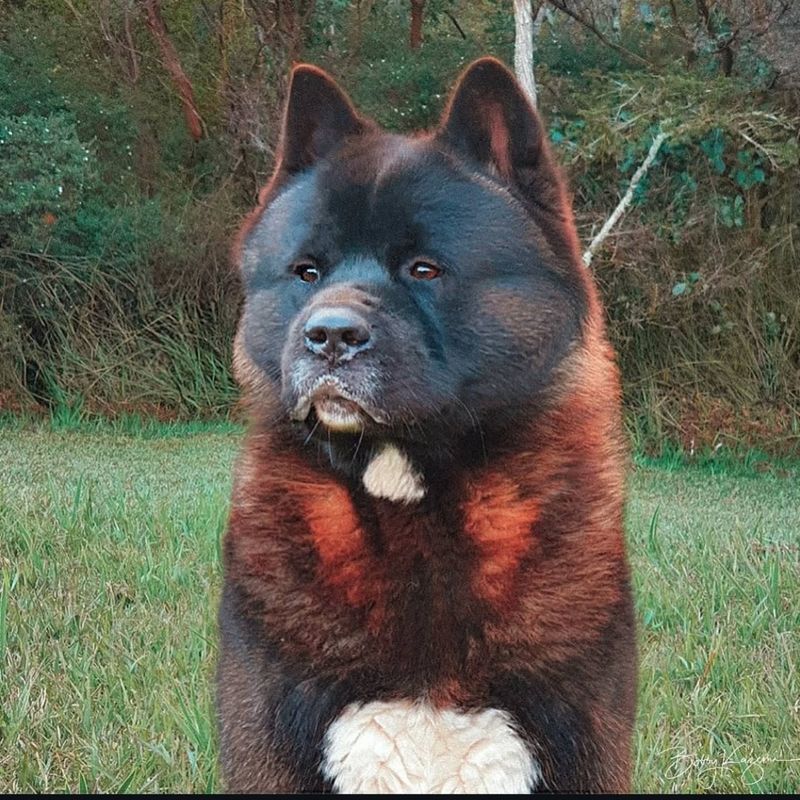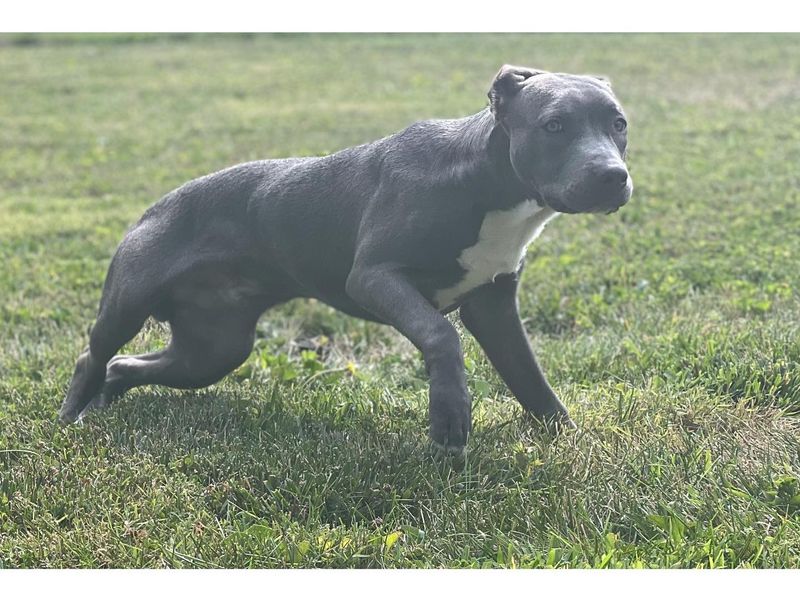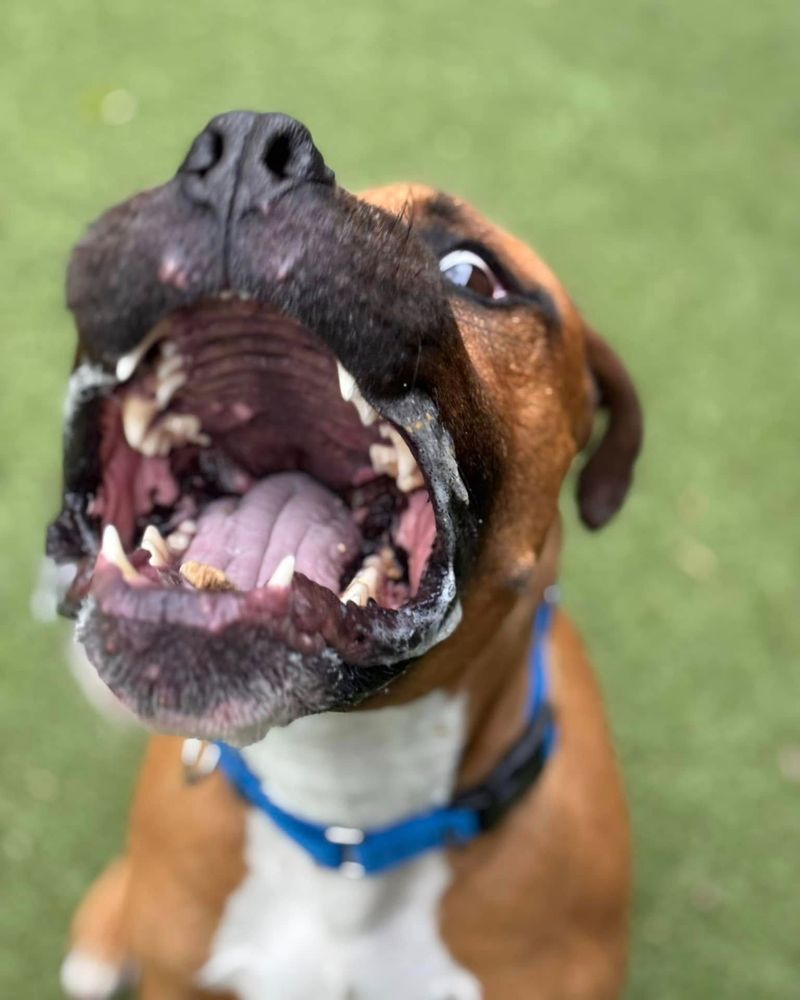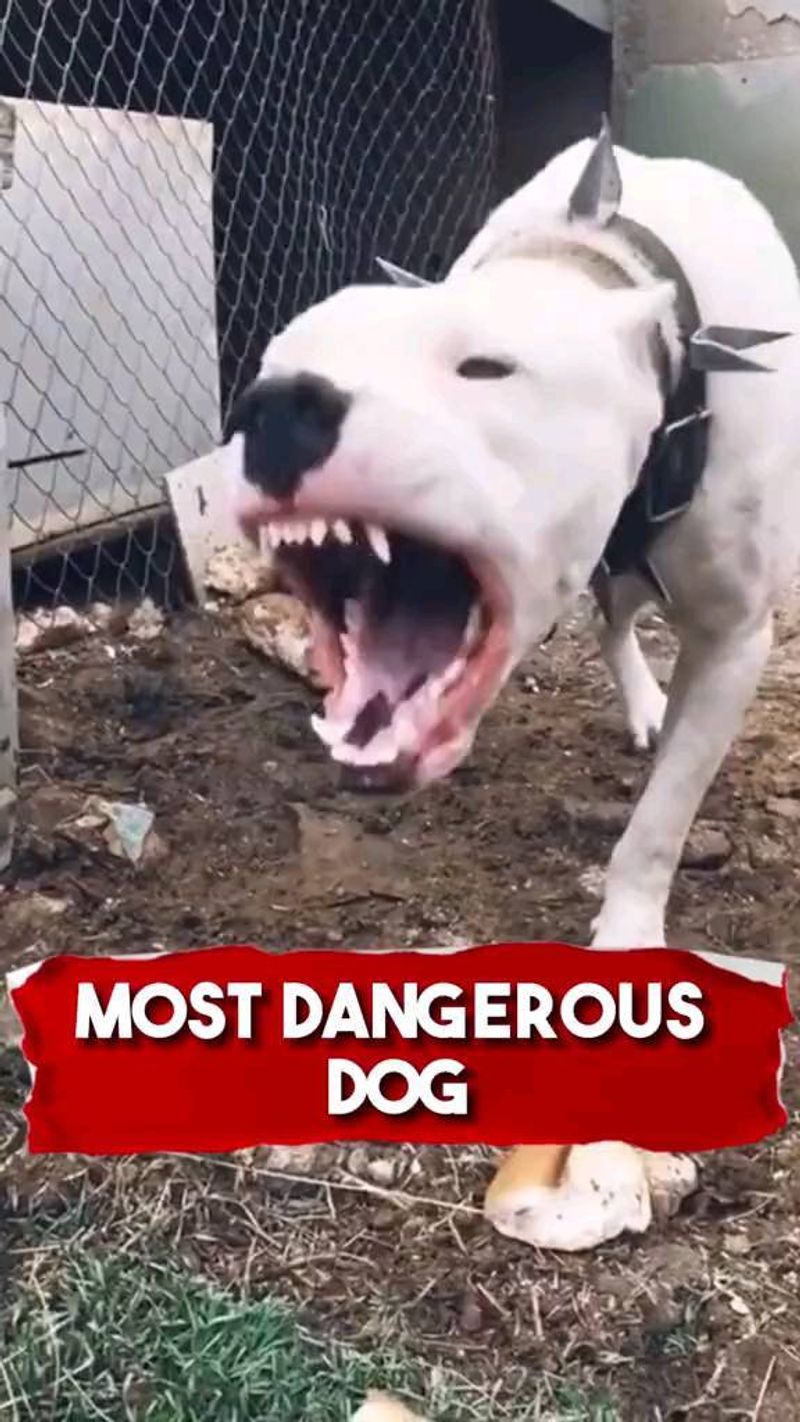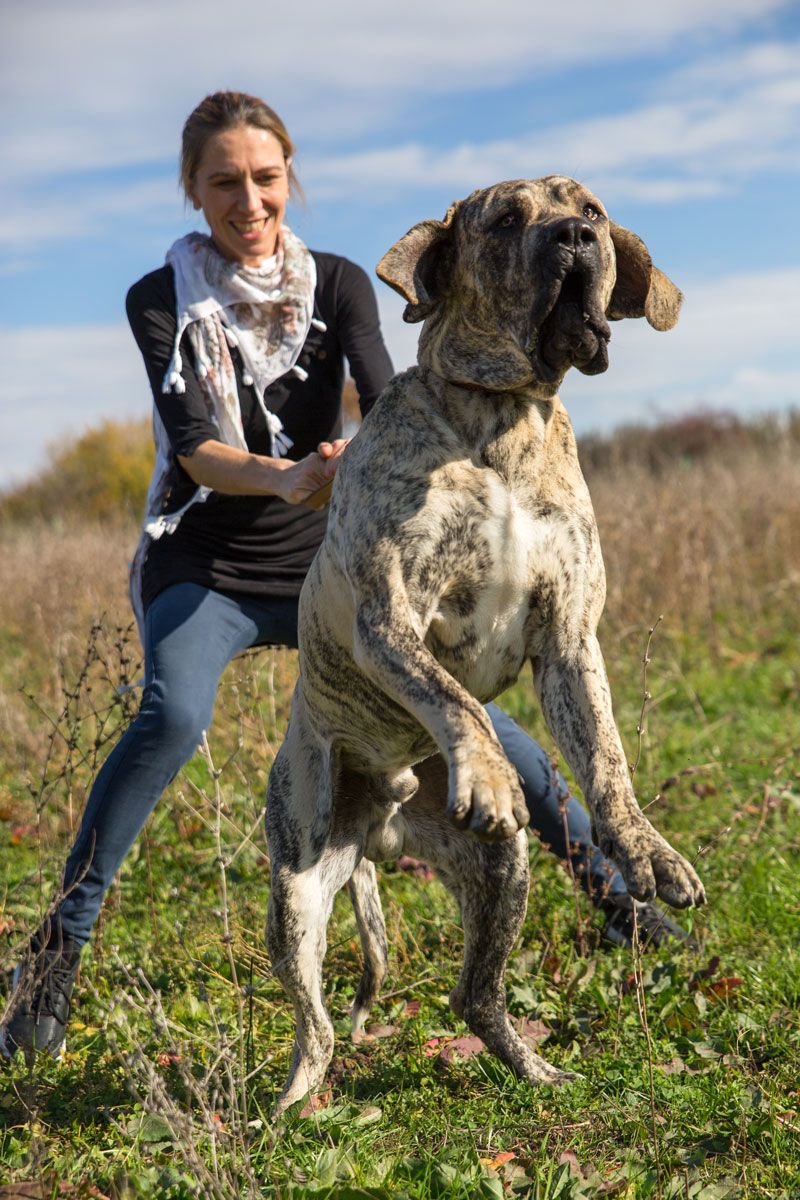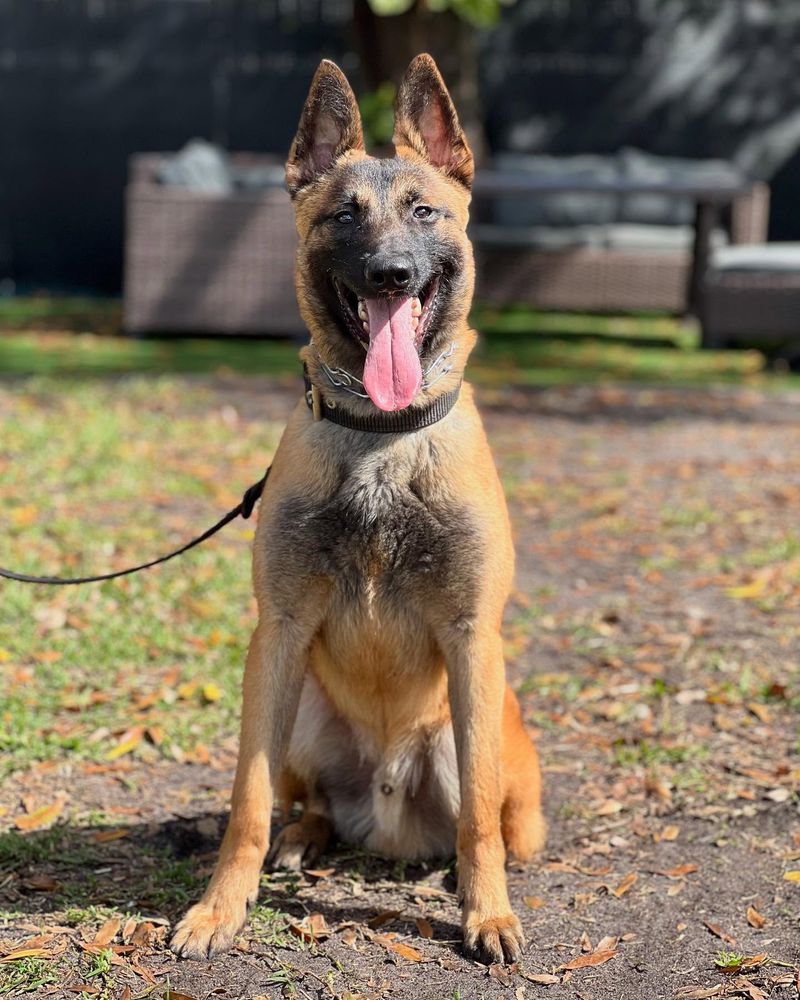Dog breeds are as diverse in temperament as they are in appearance. While many dogs are known for their gentle and friendly natures, some breeds have gained a reputation for being more aggressive. This list explores 17 such breeds, not to stigmatize them but to highlight the importance of understanding each breed’s characteristics and needs. Knowing about these breeds can help potential dog owners make informed decisions and ensure that each dog finds a loving home that suits its temperament and energy levels.
Pit Bull Terrier
Often misunderstood, the Pit Bull Terrier is known for its strong-willed nature. Its muscular physique is a testament to its strength and agility. Socialization and training from an early age can help mitigate aggressive tendencies.
These dogs are loyal and can become affectionate companions when handled responsibly. It’s crucial to provide them with plenty of exercises to channel their energy constructively.
Once popular in dogfighting rings, responsible ownership has helped change this narrative. Engaging them in positive activities like agility training fosters a balanced temperament. Did you know Pit Bulls were once known as ‘nanny dogs’?
German Shepherd
Renowned for their intelligence, German Shepherds are often employed in policing roles. This breed’s loyalty and courage are matched by a need for structured training.
Aggressive behavior can arise from boredom or lack of leadership. Positive reinforcement techniques are vital in shaping their demeanor.
Their versatility extends beyond law enforcement; they excel in obedience, agility, and protection sports. Originally bred for herding sheep, German Shepherds today are beloved family members with the right upbringing. A fun fact: they often serve as guide dogs for the visually impaired.
Doberman Pinscher
The Doberman Pinscher is the epitome of elegance and strength. Historically used for protection, they possess a natural guarding instinct.
Without proper training, this can translate into aggression. Engagement in mentally stimulating activities and consistent socialization from a young age are crucial.
They are fiercely loyal to their families, often forming deep attachments. Despite their reputation, with the right guidance, Dobermans can be gentle and loving companions. A historical tidbit: they were created by a German tax collector for personal protection.
Chow Chow
With their distinct lion-like mane, Chow Chows have an aloof demeanor that can be mistaken for aggression. Historically used in China for hunting and guarding, they are naturally protective.
This breed requires firm leadership and early socialization to prevent stubbornness. They are not naturally outgoing and prefer a calm household environment.
Patience and understanding can reveal their loyal and loving side. Despite their appearance, these dogs are not overly active and enjoy lounging with family. Interesting fact: their bluish-black tongue is a unique feature among dogs.
Rottweiler
Rottweilers exude strength and confidence, characteristics that can sometimes manifest as aggression if not properly managed. With origins as herding dogs, they are naturally protective and alert.
Early socialization and firm training are essential to prevent unwanted behaviors. Their loyal nature means they form strong bonds with family, requiring a responsible owner who can provide guidance.
A well-exercised Rottweiler is less likely to develop behavioral issues. Historically, they were used by Romans to guard cattle herds, a testament to their protective instincts.
Siberian Husky
Siberian Huskies are renowned for their striking appearance and boundless energy. Bred to pull sleds in harsh climates, they possess a strong independent streak.
This independence can sometimes lead to stubborn and aggressive behavior if not properly managed. Consistent training and ample exercise are necessary to keep them well-balanced.
Huskies thrive in active households where their high energy can be harnessed positively. Despite their challenges, they are known for their playful and friendly demeanor when socialized early. Did you know Huskies were part of the famed 1925 serum run to Nome?
Alaskan Malamute
The Alaskan Malamute, with its wolf-like appearance, is a pack animal known for its strength and endurance. Their independent nature requires experienced handlers.
Aggression can manifest if they feel threatened or are inadequately exercised. Proper socialization from puppyhood and structured activities are essential.
Malamutes are loyal companions who thrive on physical challenges and mental stimulation. Despite their large size, they are gentle giants at heart when given proper care. Historically, they were used by the Mahlemut tribe of Alaska for hauling heavy freight.
Bullmastiff
Bullmastiffs are large, imposing dogs bred to protect estates from poachers. Their protective nature can lead to aggressive behavior without proper guidance.
Early training focusing on obedience and socialization helps in managing their assertive tendencies. They are gentle and affectionate with family members, often forming strong bonds.
Though intimidating in appearance, they are known for their calm demeanor when well-trained. They require a strong leader who can provide consistent discipline. Fun fact: they were created by crossing Bulldogs with Mastiffs to guard estates.
Presa Canario
Hailing from the Canary Islands, the Presa Canario is a powerful breed known for its protective instincts. They require firm training and experienced handlers to manage their dominant nature.
Aggression can arise without clear boundaries and socialization. They are devoted to their families and can be reliable guardians.
Engaging them in activities that challenge their intellect helps in reducing unwanted behaviors. Despite their formidable appearance, they are affectionate with those they trust. Historically, they were used for herding cattle and protecting farms from wild animals.
Cane Corso
The Cane Corso, with its ancient Italian heritage, is a guardian breed with a commanding presence. They require a confident owner to guide their protective instincts.
Without proper training, their natural assertiveness can become problematic. Early socialization helps in creating a well-rounded companion.
They thrive in environments where they have a purpose, such as protection work or obedience training. Known for their loyalty, they form deep bonds with family members. Historically, they were used as Roman war dogs, a testament to their bravery and strength.
Dalmatian
Dalmatians are recognized for their unique spotted coats and boundless energy. However, without adequate exercise and mental stimulation, this energy can transform into destructive behavior.
They are intelligent and require firm leadership to prevent stubbornness. Socialization from an early age ensures they develop into well-mannered adults.
Despite their size, they are known for their playful and friendly nature. They were historically used as carriage dogs, running alongside horses and guarding against threats. This background contributes to their need for activity and engagement.
Akita Inu
The Akita Inu is a noble breed with a strong sense of loyalty and independence. Originating from Japan, they have a rich history as royal guardians and hunting companions.
Their reserved nature can be mistaken for aloofness, but with proper training, they become affectionate family members. Aggression can surface if they feel challenged or neglected.
Socialization and consistent training are key in managing their assertive personalities. They require a confident owner who understands their unique needs. A fun fact: Akitas are considered a symbol of good health and happiness in Japan.
American Staffordshire Terrier
The American Staffordshire Terrier, often mistaken for its cousin the Pit Bull, is a muscular and confident breed. Their territorial nature requires firm guidance from a young age.
Without proper training, they can exhibit aggressive tendencies towards strangers. However, they are known for their loving nature towards family members.
Socialization is crucial to ensure they grow into balanced adults. Historically used for bull-baiting, their strength is undeniable. Engaging them in structured physical activities helps channel their energy constructively.
Boxer
Boxers are known for their boundless enthusiasm and playful nature. However, this energy can translate into unruly behavior without proper management.
Training and socialization from a young age are essential to harness their exuberance. They are protective of their families and require consistent leadership to prevent aggression.
Despite their boisterous demeanor, they are affectionate and make great companions when well-trained. Historically, Boxers were used in hunting large game, a testament to their strength and determination.
Dogo Argentino
The Dogo Argentino, with its striking white coat, is a breed known for its courage and protective nature. Originally bred in Argentina for big game hunting, they possess a strong prey drive.
Early training and firm leadership are crucial to prevent aggressive behavior. They are naturally loyal and form strong bonds with their families.
Engaging them in activities that challenge their minds and bodies helps in maintaining a balanced temperament. Despite their formidable appearance, they are gentle with those they trust.
Fila Brasileiro
The Fila Brasileiro, also known as the Brazilian Mastiff, is a breed with a strong guardian instinct. Their loyalty to family is unmatched, but they can be wary of strangers.
Training and socialization are imperative from an early age to manage their natural assertiveness. They require an experienced owner who understands their protective nature.
Despite their size and strength, they are gentle with those they know. Historically, they were used to track down slaves who escaped during Brazil’s colonial period, reflecting their keen sense of smell and tracking abilities.
Belgian Malinois
With a reputation as a high-energy working dog, the Belgian Malinois is often employed in military and police roles. This breed’s intense focus and unyielding loyalty make it an exceptional protector. However, without proper training, its strong instincts can lead to aggressive behavior.
The Malinois requires an experienced owner who can provide both mental and physical challenges. It thrives in environments where it can work and has a clear purpose.
Did you know? The Belgian Malinois played a key role in the mission that led to the capture of Osama bin Laden, showcasing its incredible capabilities.
